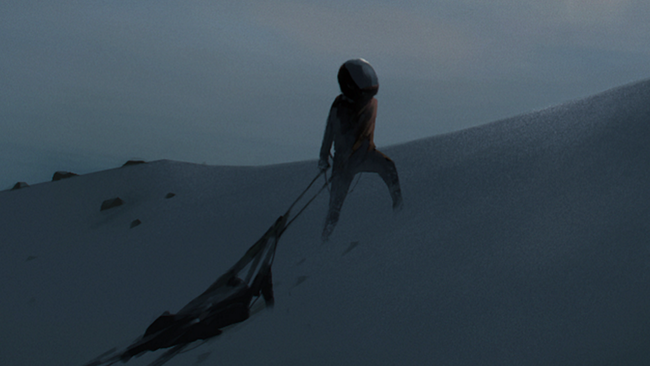

It looks great, I just think “Limbo” looks a little better. There’s color, but not a ton (which makes our nameless protagonist’s red shirt stand out even more) and a very grimy, dirty feel to compliment the images of machinery and construction. “Inside” made a similar choice, but if “Limbo” is a film noir, “Inside” is a gritty zombie movie.

I think I preferred the art in “Limbo” slightly more, just because it was so stylized it felt right out of a film noir. “Inside” was finally released in June of 2016 and has already received almost universal praise, with reviews generally ranging form 9.5 to 10.ĭoes “Inside” live up to “Limbo?” I think Inside has a lot in common with its predecessor and sometimes even surpasses it, but something as simple and beautiful as “Limbo” isn’t easily usurped.įans of “Limbo” will instantly recognize Jensen’s style all over “Inside.” We’ve got more colors than just black and white this time, but the minimalist style and 2D side scrolling remain intact. The game that came be to known as Inside was described by Jensen as a spiritual successor to “Limbo,” but “crazy, weird and 3D.” So when creator Arnt Jensen announced his second project at E3 2014, people were understandably hyped. Along with such giants as “Fez” and “Super Meat Boy,” “Limbo” holds a special place in the indie game category for its haunting atmosphere, simple controls and unique style, with dozens of accolades and over 3 million downloads to back it up. The 2011 puzzle/platformer “Limbo” is often cited as one of the quintessential independent games.


 0 kommentar(er)
0 kommentar(er)
